Do Pigeons Eat Clay?
We often see pigeons flying here and there and eating whatever they find. However, eating everything is not good for their health.
A very common thing that they often fly to is clayey soil. But the question is, do pigeons actually eat clay?
Yes, pigeons eat clay from time to time. They do it not only out of curiosity but for their health benefits too. By eating clay, their absorption and digestion get better. Note that clay can shed off the toxins in their diet as well.
Well, this is a brief answer. For your info, pigeons actually build bonds in their flock as well while eating clay.
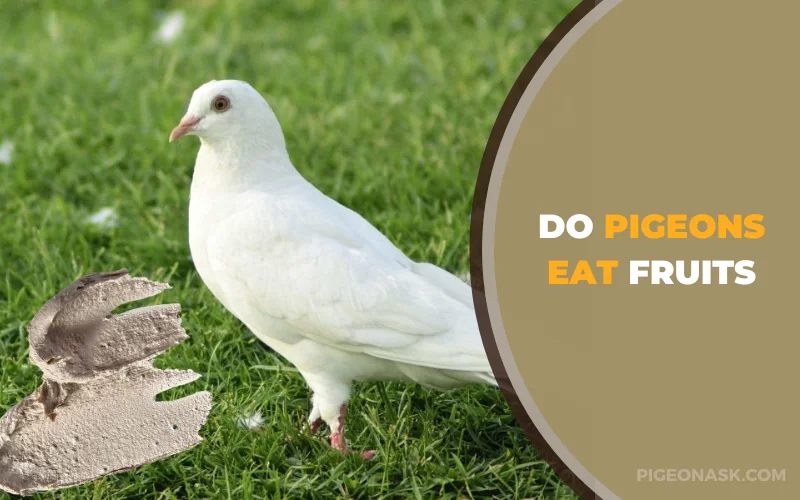
We have got all the details here. So, binge on till the end!
Interested in similar topics on pigeon food:
Do Pigeons Naturally Eat Clay?
Many species of pigeons have been observed consuming clay or soil in a behavior known as geophagy. This includes both domesticated and wild pigeons.
Geophagy involves ingesting earthy substances such as clay, mud, or soil. This may seem unusual. However, this behavior serves several important purposes for pigeons.
Note that not all pigeons engage in geophagy all the time. This is because their behavior can vary based on a few factors.
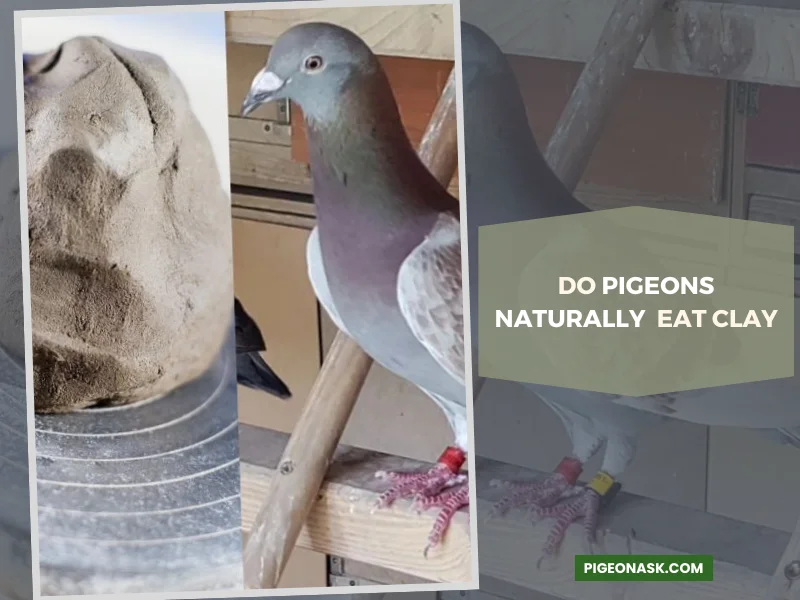
These include geographic location, availability of certain minerals in their diet, and individual preferences. Swamp or wet areas have more clayey soil in general. So, pigeons in such an area consume more clay.
Besides, there are some pigeons who like consuming clay more than other pigeons. This happens due to preferences and health benefits.
If you observe pigeons consuming clay or soil, it’s generally considered a natural behavior. This is part of their adaptive strategies to meet their nutritional and physiological needs.
See our in-depth “Pigeon Foods and Diet” article to learn what these urban birds eat. We cover their dietary habits and nutrition.
What Are the Reasons Behind Pigeons Consuming Clay?
As you already know, pigeons consume clay, but why do pigeons eat clay? Well, here are the details of it as given below.
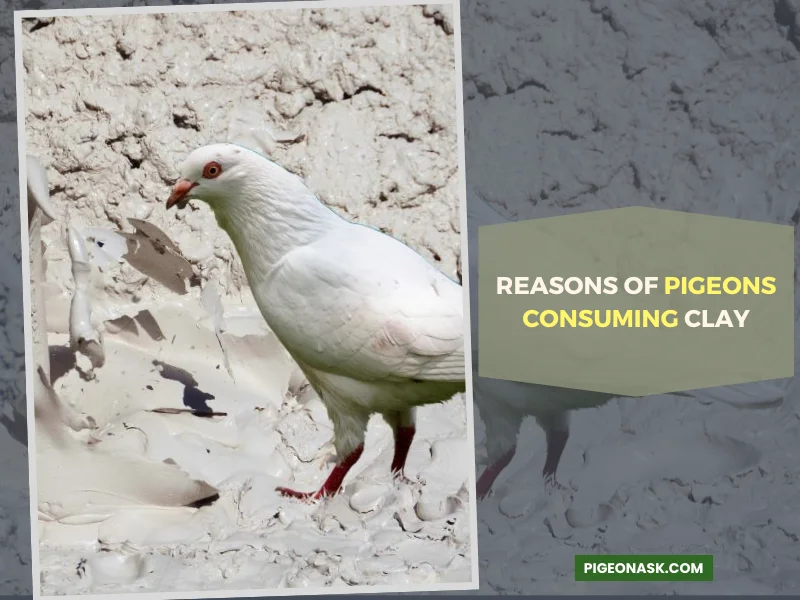
Curiosity
The first reason behind pigeons consuming clay is their curiosity. Pigeons like to explore different types of things, considering that they are edible.
As clay is neither hard nor absolutely safe, they find clay good to eat. This juicy thing impresses them regardless of the taste of it.
Healthy Outcome
When pigeons eat clay, they do not understand the health benefits at first. However, they can recognize the benefits of consuming clay over time.
This is because by eating clay, pigeons can take in essential salt and other minerals. The consumption of this helps in removing toxins and enhancing the digestion of them.
Fun Activity
Pigeons love to fly in groups. Seeing a flock of pigeons fly in the free sky looks mesmerizing. However, they mainly do it with their own will.
This bird consumes clay in a flock as part of a fun activity. They love to create and make their bonding stronger by eating clay.
Note that pigeons engaging in this activity are generally a sign that they are trying to meet specific physiological needs. Thus, providing clean and suitable sources of clay can be beneficial for their overall well-being.
Are There Any Nutritional Benefits for Pigeons Eating Clay?
As we see pigeons consuming clay, we may wonder, are there any benefits for pigeons eating clay? Well, yes, there are a number of benefits behind this, as stated below.
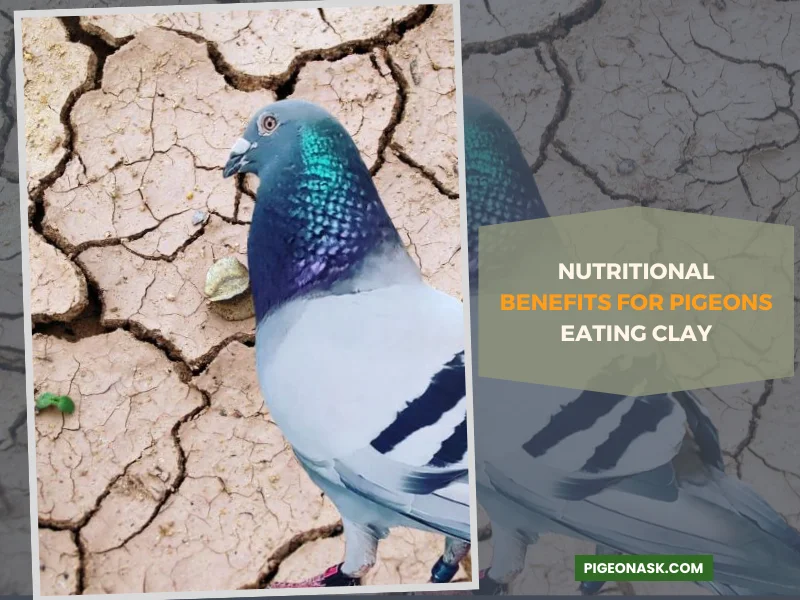
Mineral Intake
Clay and soil can contain essential salt, minerals and trace elements that might be lacking in the pigeons’ regular diet. Consuming these substances can help pigeons supplement their mineral requirements.
Digestive Aid
Pigeons might consume clay or soil as a way to aid digestion. These substances can neutralize toxins and bind with harmful compounds. Note that this also provides abrasive material to help grind food in the gizzard.
Antiparasitic Properties
Some clays and soils have been found to possess properties that can help pigeons combat intestinal parasites. This happens by absorbing or immobilizing them.
Detoxification
Some types of clay can absorb toxins, heavy metals, and harmful compounds present in their food or environment.
Consuming clay can act as a natural detoxification mechanism. This helps in preventing the absorption of potentially harmful substances.
Water Absorption
At times, pigeons might consume clay to absorb water, thereby aiding hydration. This happens especially in regions with limited water availability, like warm, dry, or barren places.
Behavioral Instinct
Pigeons are not the only ones to consume earthy substances. It is an innate behavior of birds that evolved to benefit their health and survival.
Physical Maintenance
The act of consuming clay and grit helps pigeons maintain their gizzard health. A healthy gizzard ensures efficient digestion and nutrient absorption.
So, consuming clay is a natural behavior for pigeons. However, ensuring that the clay they ingest is free from contaminants and toxins is important.
Are There Any Potential Risks for Pigeons Eating Clay?
We know pigeons naturally consume clay as part of their geophagy behavior. However, there are a few potential risks associated with this behavior as well. Here are some potential risks to be aware of –
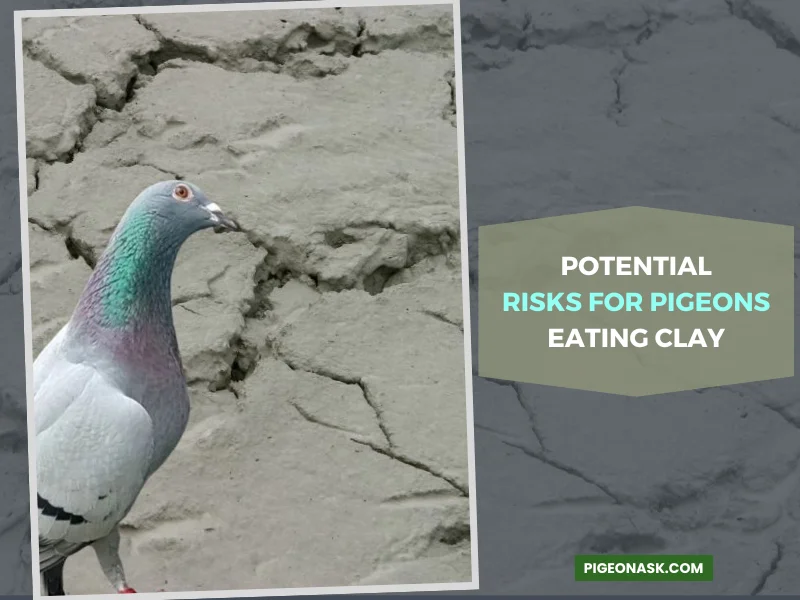
Contaminants
At times, clay or soil can contain pollutants, heavy metals, pesticides, or other contaminants. Although pigeons do not eat soil as grits, they can still consume this contaminated clay for digestion.
Due to this, pigeons can inadvertently ingest these harmful substances. Contaminated clay can negatively impact their health and overall well-being.
Mineral Imbalance
We know clay provides essential minerals to pigeons. However, excessive consumption might lead to an imbalance in mineral levels in pigeons’ bodies. This could potentially affect their overall health and metabolism.
Digestive Issues
Ingesting large quantities of clay or grit can potentially lead to digestive problems. This includes impaction in the gizzard. Pigeons might not be able to digest food properly if their gizzard is filled with excessive amounts of grit.
Nutrient Absorption Interference
Consuming too much clay might interfere with the absorption of other nutrients in the pigeons’ diet. Excessive grit intake could limit the availability of nutrients from their regular food sources.
Behavioral Dependence
Pigeons might become overly dependent on clay consumption for essential minerals. This can lead to reduced diversity in their diet. Thus, the reliance on clay could result in the sole source of certain nutrients.
So, to mitigate these potential risks, cleaning sources of clay or grit for pigeons is necessary. To clean the clay, you can take it in a bucket and add water to it.
As you add water, you need to blend it with a brush. Then, pour off the top water to get rid of the dirt.
You may also consult with avian veterinarians or experts for this. They can offer guidance based on the specific circumstances and behaviors of the pigeons in your care.
How Often Do Pigeons Eat Clay?
The frequency at which pigeons eat clay can vary depending on factors like their diet, environment, and individual preferences. Here are some general insights into how often pigeons might consume clay –
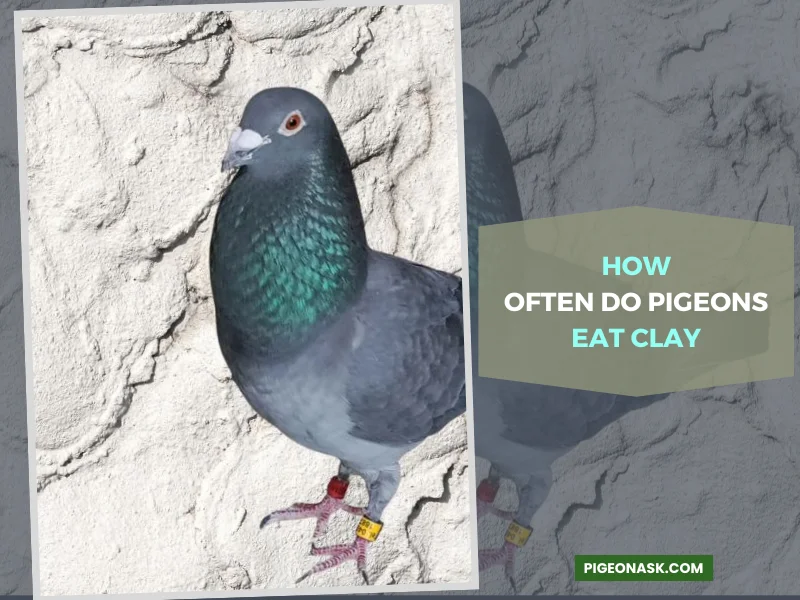
Pigeon Needs
Pigeons consume clay for minerals that might be lacking in their regular diet. This behavior is driven by their instinct to seek out essential nutrients.
Environmental Factors
Pigeons might eat clay more frequently if they inhabit regions with mineral-deficient soils. In areas where their regular food sources lack certain nutrients, pigeons might increase their clay consumption.
Breeding Season
During the breeding season, pigeons often require additional nutrients for egg formation and chick rearing. Due to this, they increase their consumption of clay. This helps to meet their heightened nutritional demands.
Specific Minerals
If you notice pigeons consuming clay more frequently, it could indicate a need for specific minerals. However, excessive or abnormal clay consumption might warrant closer observation and potential consultation with experts.
Variability
The frequency of clay consumption can vary among individual pigeons. Some might engage in geophagy more often than others. This varies due to their age, health status, and nutritional requirements.
Seasonal Changes
Pigeons might adjust their clay consumption based on seasonal variations in food availability and nutrient requirements.
In dry seasons, pigeons need more water to consume. However, dry seasons don’t let them get readily available water everywhere. So this can lead them to consume more clay.
What Type of Clay Do Pigeons Typically Eat?
Pigeons typically consume a specific type of clay known as kaolin clay. This type of clay is also referred to as “white clay” or “chalky clay.”
Kaolin clay is characterized by its pale color and fine texture. It is naturally rich in various minerals and trace elements that can be beneficial for pigeons’ health.
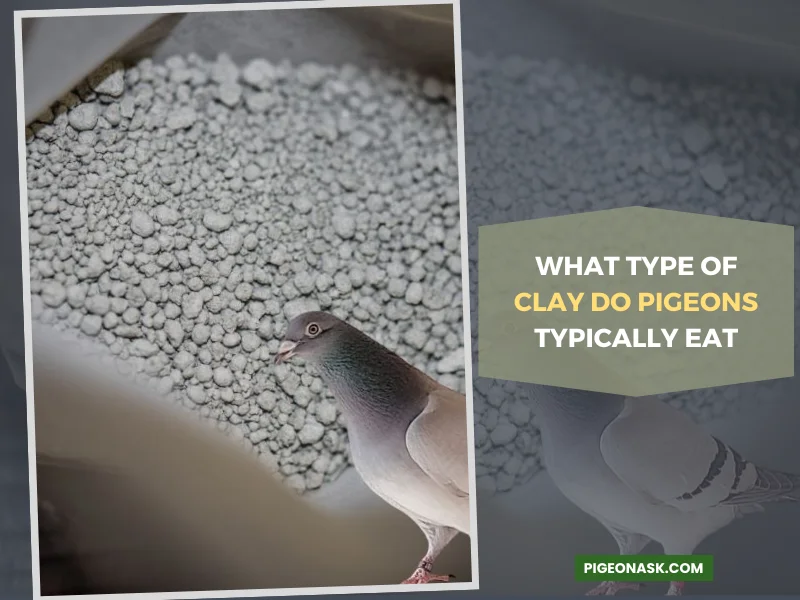
This Kaolin clay is often found in areas with mineral-rich soils. Pigeons can get essential nutrients like calcium, magnesium, and other minerals from this clay.
Pigeons consume Kaolin clay to supplement their diet with these minerals and aid in digestion.
The instinctual selection of pigeons of kaolin clay indicates their ability to recognize beneficial substances in their environment.
However, providing clean and uncontaminated sources of kaolin clay is essential. This will ensure the health and safety of pigeons engaging in this behavior.
You must avoid offering clay that might be contaminated with pollutants or harmful substances.
The Final Words
So that gives the answer to whether pigeons eat clay or not. We believe you have no more confusion regarding this.
Now, before we wrap up, we want to share a small tip with you. If you’re going to build a good relationship with your pigeon quickly, take it for a stroll. Hold it, give treats, and spend quality time with your pigeon.
Feel free to share our article if you find it helpful. Make sure to stay connected with us on Facebook, Twitter, and Pinterest!
